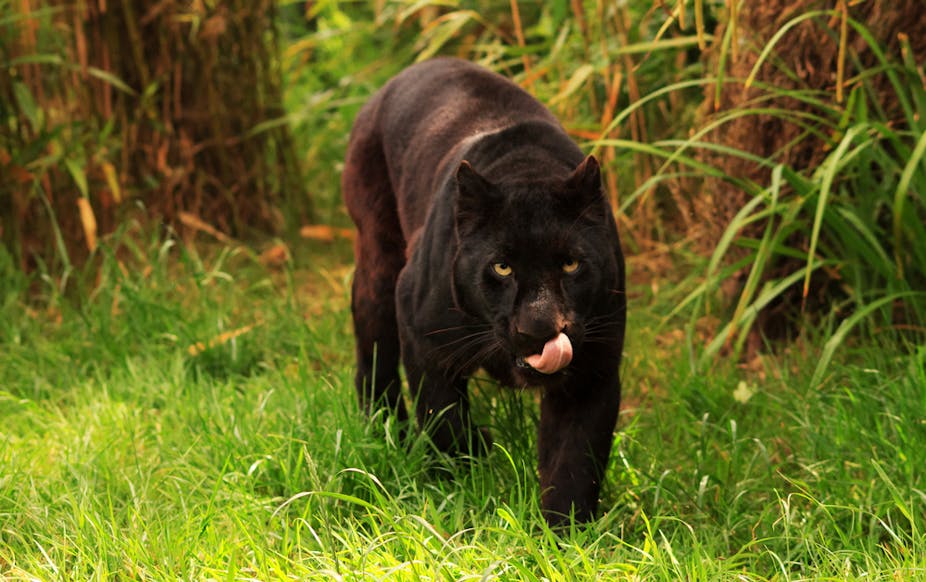The escape of Lilith the Lynx from a zoo in Wales has focused attention once again on the question of what exotic beasts might be roaming the British countryside.
Sightings of “big cats” in the UK are more frequent than a naturalist might expect. Since the 1760s, when William Cobbett, then a small boy, saw a large cat at Waverley Abbey near Farnborough, for reporting which he was soundly beaten, instances of people spotting apparently alien cats have been well documented.

Perhaps the most famous alleged big cat was the Beast of Bodmin Moor, which was the subject of a scientific investigation in 1995 – after 20 years or so of sightings, alleged livestock killings and tracks found by the public. The scientists who carried out a very limited investigation into the subject found no evidence that the beast existed, but locals remain convinced that there is a thriving population of large predatory felines living on the Cornish moor.
A nationwide phenomenon
According to media reports, mysterious big cats have been seen all over Britain, including in Staffordshire, Lincolnshire, Devon, Fife and Hertfordshire. However, many of the sightings over the years have been exposed as hoaxes or mistakes. The Hampshire Tiger caused a major scare in 2011 – the police force was scrambled and experts were on hand with tranquilliser darts. It turned out to be a life-sized, stuffed toy.
Curiously enough, the video footage, such as this “leopard” near Stroud captured by members of the public, is always very blurred and usually taken from a long distance away. But some experts have been convinced by this.
Occasionally, the animals have been killed – such as the cat, recently identified as a Canadian Lynx, that was shot in Newton Abbot, Devon around 1903. That particular animal had apparently been living in the area for some time, to judge from the isotope evidence extracted from its stuffed carcass by modern investigators, but there is no way to tell how long it had been living wild.
Sound evidence
Scientists have made considerable efforts to get to the bottom of some of the sightings – and forensic techniques, such as tooth pit analysis, has identified a large cat as being the perpetrator of livestock deaths in West Wales. The analysis looks at the remains of prey animals to find clues to the identity of the predators, in marks they make while feeding. In this case, the researchers found tooth marks that suggested that a medium sized cat, considerably larger than a domestic cat, had attacked sheep and a foal. This is among the most conclusive evidence so far that such animals are at large in the UK.
One of the reasons that “big cat” stories are so fascinating is the feeling of mystery that attaches to them. How did the creatures arrive in Britain? Have they been here all along, sharing the country with us since the collapse of the land-bridge with Europe thousands of years ago?
The reality is likely to be much more mundane. Prior to the implementation of the Dangerous and Wild Animals Act 1976 many people of all walks of life kept exotic animals in their homes. With the advent of the Act it became apparent that owners would need to be licensed and comply with strict welfare and safety rules, so some people probably decided to release their big cats rather than have the trouble and expense of obeying the law.
It is unlikely that many such beasts would survive in the wild, but it would only take one pregnant female – or a mated pair – to establish a population. It was alleged that Mary Chipperfield of the famous Chipperfield Circus released three pumas, including a breeding pair, onto Dartmoor when her zoo was closed down in 1978 – though the family strenuously deny that.
Whatever your particular stance on the subject of Britain’s hidden big cat population, it is unlikely that the subject is going to go away. With more than 250 years of alleged sightings it is one of the more persistent urban myths, if indeed it is a myth – and somehow I like the idea that there are families of big feline predators living out there in the wild places of the UK, just minding their own business and getting on with life the best way they can.

